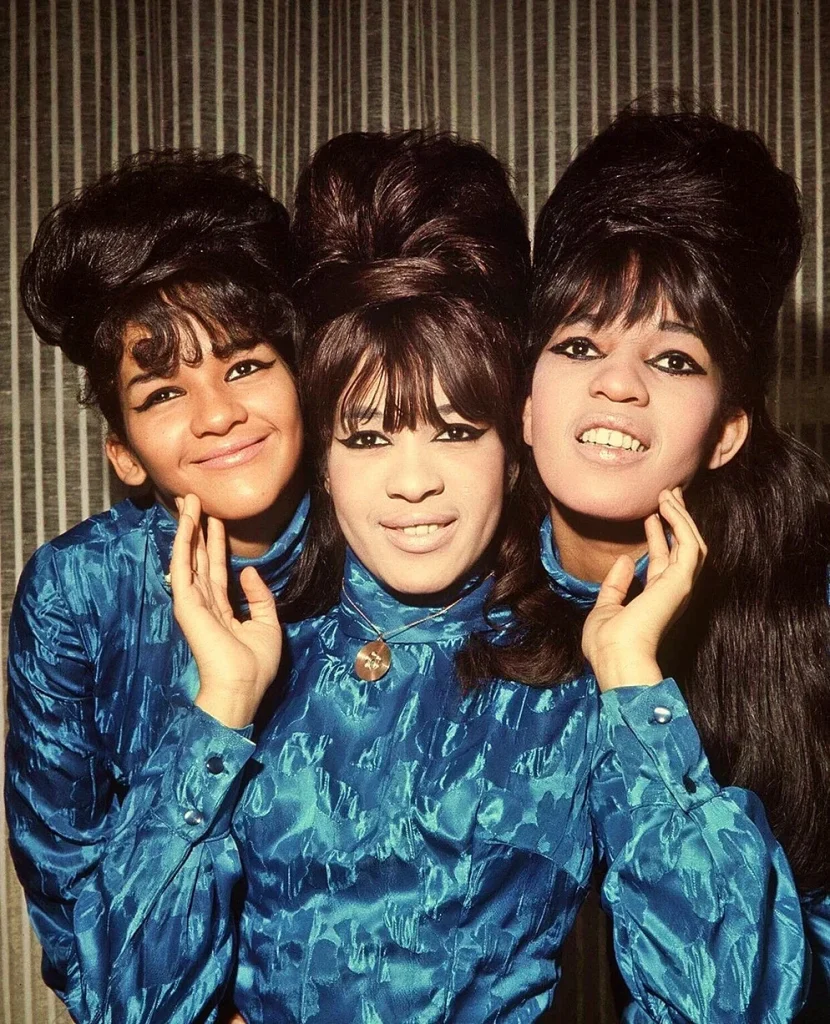
As classic exponents of producer Phil Spector’s “wall of sound”, The Ronettes combined their striking beehive hairstyles and heavy mascara to add a tough, sultry edge to the girl-group genre. The trio, consisting of sisters Veronica and Estelle Bennett and their cousin Nedra Talley, were a group of multiracial women from New York’s Spanish Harlem, born during World War II. They began their musical journey as the Darling Sisters and by 1961, were performing a song-and-dance routine inspired by Chubby Checker’s version of The twist at the Peppermint Lounge. They later recorded for Colpix Records (1961–1962) under the name Ronnie and the Relatives, while also performing alongside disc jockey Murray the K’s (Murray Kaufman) rock shows and providing backup vocals for some of the era’s biggest pop stars.
Signed by Spector to his Philles label in 1963, the Ronettes achieved major success with their debut single, Be my baby, which reached number two on the Billboard Hot 100. While their subsequent releases continued to showcase Spector’s signature production style, none managed to break into the Top 20. By 1966, Spector had lost interest in recording and married Ronnie Bennett. Following a few unsuccessful attempts to launch her solo career, the couple divorced in 1974.

Classifying The Ronettes’ sound strictly as pop overlooks the complexities of their artistry, particularly since they did not write the lyrics or produce the instrumental layers that accompanied their vocals. Instead, by examining how their vocal style and visual presentation diverged from the polished tone and conformity typical of 1960s pop girl groups, their contribution may be recognized as a subtle form of rock and roll disguised as pop. The Ronettes crafted a sound and image that embodied proto-rock transgressions and a quasi-drag “bad girl” persona. This blurring of genre boundaries reveals that the distinctions between sonic categories are often more fluid than listeners may acknowledge, especially during the formative years of rock, with The Ronettes skillfully navigating and challenging these boundaries.
This according to the entry on The Ronettes in the Encyclopedia of recorded sound (2005, find it in RILM Music Encyclopedias and “It’s time to recognize The Ronettes as rock and roll pioneers” by Hilarie Ashton (NPR Music [12 March 2018]; RILM Abstracts of Music Literature, 2018-46676).
Below is an AI colorized version of The Ronettes performing Be my baby in 1966.


